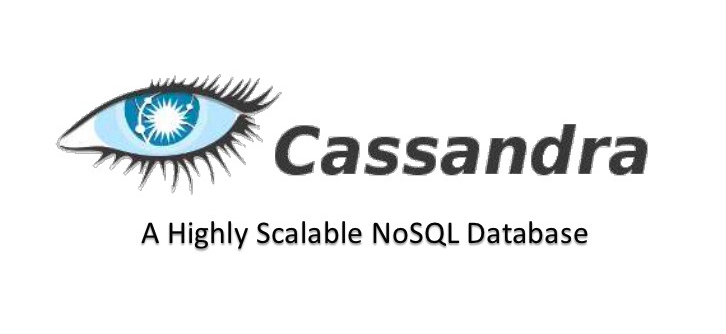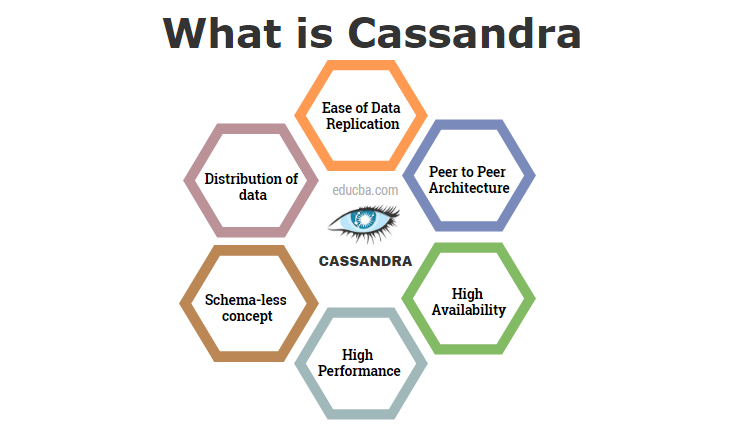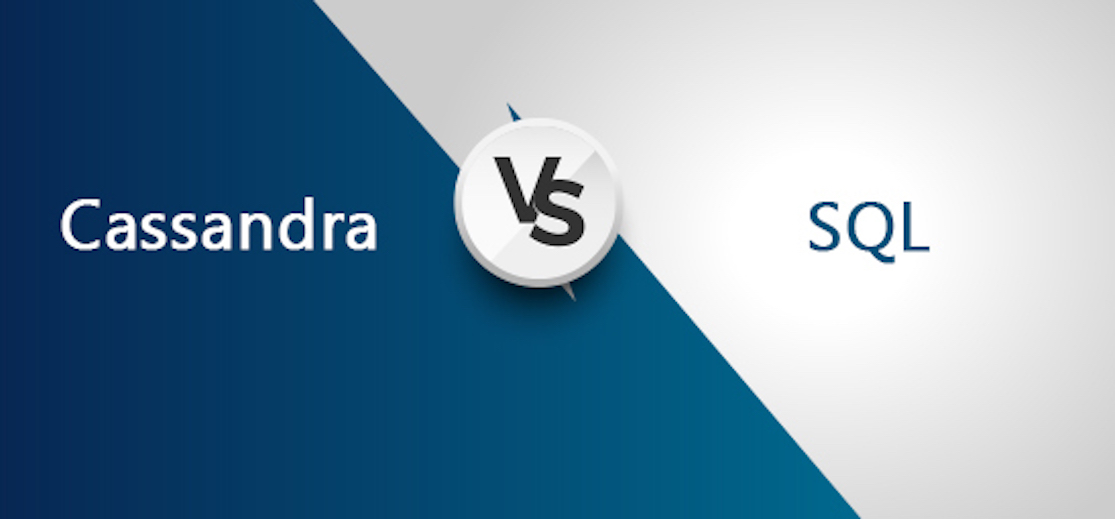Unveiling the Power of Apache Cassandra: A Distributed Database Revolution

Introduction: In the era of big data and scalable applications, traditional databases often struggle to meet the demands of high availability, fault tolerance, and massive scalability. This is where Apache Cassandra comes into play. Cassandra is an open-source, distributed database management system designed to handle large amounts of data across multiple commodity servers while providing outstanding performance, fault tolerance, and linear scalability. In this blog, we will explore the remarkable features, architecture, and benefits of Cassandra, as well as its real-world applications.

1. Understanding Cassandra’s Architecture: Cassandra’s architecture is designed to overcome the limitations of traditional relational databases. It follows a distributed peer-to-peer model, where there is no single point of failure. The key architectural components of Cassandra include:
- Data Model: Cassandra adopts a schema-agnostic data model based on tables, rows, and columns, resembling the familiar structure of relational databases. However, it introduces the concept of a “wide column store,” allowing flexible schema changes and efficient storage of large data sets.
- Distributed and Decentralized: Cassandra distributes data across a cluster of commodity servers using a peer-to-peer architecture. Each node in the cluster communicates and replicates data asynchronously, providing high availability and fault tolerance.
- Replication: Cassandra supports replication across multiple nodes, ensuring data durability and fault tolerance. Replication strategies, such as simple strategy or network topology strategy, allow configuring data distribution based on specific requirements.
- Tunable Consistency: Cassandra provides tunable consistency levels, enabling developers to balance consistency, availability, and performance based on application needs. It supports eventual consistency, read and write consistency levels, and lightweight transactions.

2. Key Features and Advantages of Cassandra:
- Linear Scalability: Cassandra’s architecture allows horizontal scalability, meaning it can handle massive data sets and high traffic loads effortlessly. As the number of nodes increases, both read and write throughput scales linearly.
- High Availability: Cassandra’s distributed nature and replication mechanisms ensure that data remains accessible even if a few nodes fail. It supports automatic data replication, seamless recovery, and fault detection.
- Fault Tolerance: By replicating data across multiple nodes, Cassandra provides fault tolerance. In the event of node failures or network partitions, data is still available for read and write operations.
- Tunable Consistency: Cassandra allows developers to fine-tune the consistency levels for read and write operations, providing flexibility in balancing consistency, availability, and performance.
- No Single Point of Failure: Cassandra’s peer-to-peer architecture eliminates any single point of failure, making it highly resilient and suitable for mission-critical applications.
- Flexible Data Model: Cassandra’s schema-agnostic approach allows for easy scalability and flexibility in handling evolving data requirements. It supports dynamic column addition and removal without affecting existing data.
3. Real-World Applications of Cassandra: Cassandra has gained significant popularity and has been adopted by numerous organizations to power various applications, including:
- Internet of Things (IoT): Cassandra’s ability to handle massive volumes of data and provide real-time insights makes it an ideal choice for IoT applications. It can efficiently manage sensor data, time-series data, and event streams.
- Financial Services: Cassandra’s scalability and fault tolerance make it suitable for financial applications that require high throughput, low latency, and data durability. It is used in fraud detection, real-time risk analysis, and trade processing systems.
- E-commerce: Many e-commerce platforms use Cassandra to handle large product catalogs, customer profiles, and real-time inventory management. It enables fast and consistent user experiences, even during peak traffic.
- Social Media and Messaging: Cassandra powers the backend infrastructure of social media platforms and messaging services, managing user profiles, activity feeds, and real-time messaging.
- Analytics and Big Data: Cassandra integrates well with big data frameworks like Apache Hadoop and Apache Spark, enabling efficient data storage and analysis. It is used in applications involving time-series data analysis, log processing, and machine learning.

Conclusion: Apache Cassandra has emerged as a powerful distributed database solution capable of handling massive data sets and providing exceptional scalability, fault tolerance, and performance. Its unique architecture, tunable consistency, and flexible data model make it well-suited for modern-day applications that require high availability and rapid growth. As organizations continue to face the challenges of big data and scalability, Cassandra remains a go-to solution for achieving reliable and efficient data management at scale.








